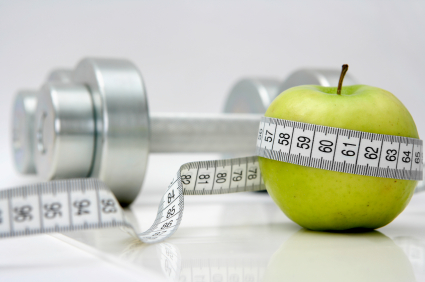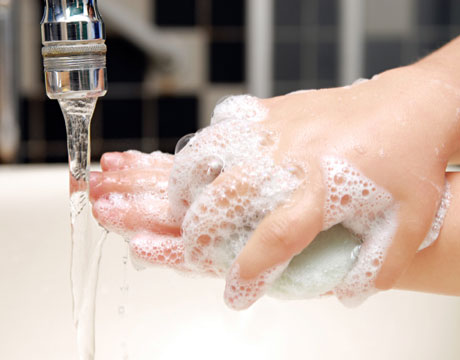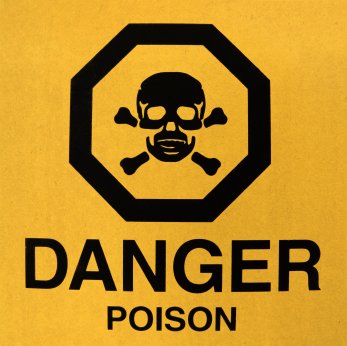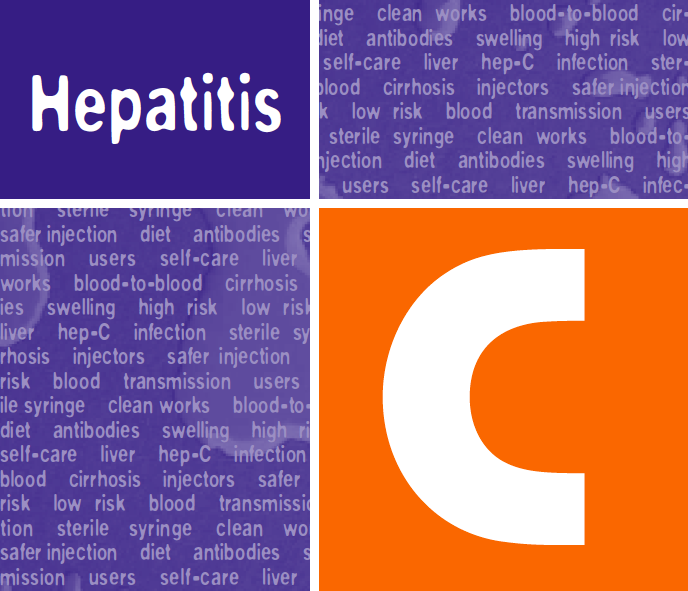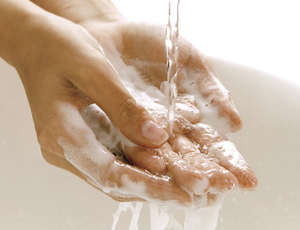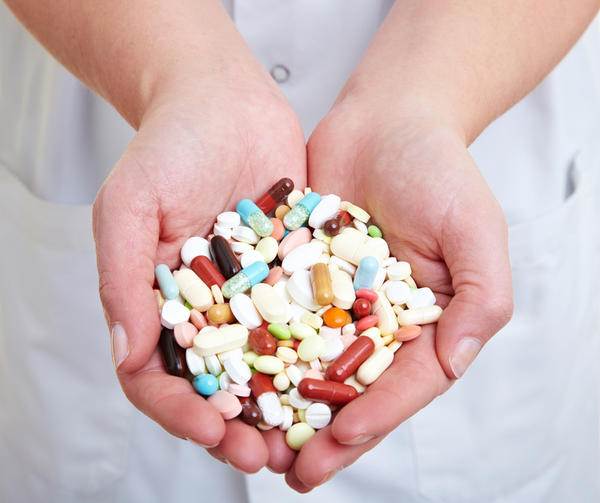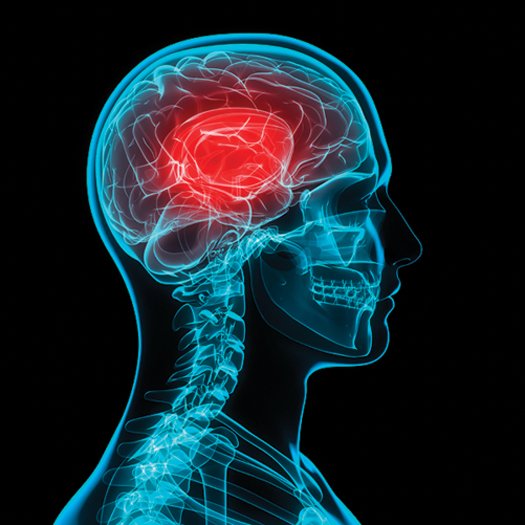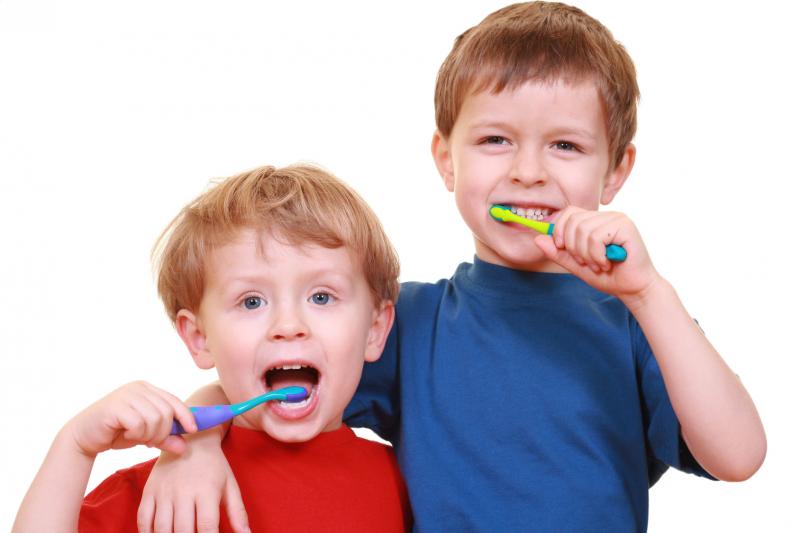 Dental decay is one of the most common chronic infectious diseases among U.S. children. This preventable health problem begins early: 17% of children aged 2-4 years have already had decay. By the age of 8, approximately 52% of children have experienced decay, and by the age of 17, dental decay affects 78% of children. Children and adults who are at low risk of dental decay can stay cavity-free through frequent exposure to small amounts of fluoride. This is best gained by drinking fluoridated water and using a fluoride toothpaste twice daily. Children and adults at high risk of dental decay may benefit from using additional fluoride products, including dietary supplements (for children who do not have adequate levels of fluoride in their drinking water), mouth rinses, and professionally applied gels and varnishes.
Dental decay is one of the most common chronic infectious diseases among U.S. children. This preventable health problem begins early: 17% of children aged 2-4 years have already had decay. By the age of 8, approximately 52% of children have experienced decay, and by the age of 17, dental decay affects 78% of children. Children and adults who are at low risk of dental decay can stay cavity-free through frequent exposure to small amounts of fluoride. This is best gained by drinking fluoridated water and using a fluoride toothpaste twice daily. Children and adults at high risk of dental decay may benefit from using additional fluoride products, including dietary supplements (for children who do not have adequate levels of fluoride in their drinking water), mouth rinses, and professionally applied gels and varnishes.
via CDC – Family Health – Parents: ABCs of Raising Safe and Healthy Kids.


